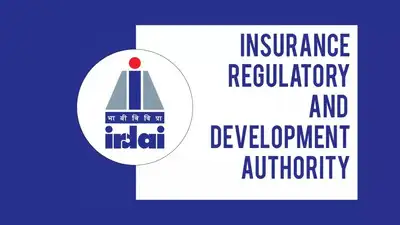ARTICLE AD BOX

MUMBAI: Plans to revamp the insurance sector are in limbo, with key reforms stalling after Irdai chairman Debashish Panda left office in March. The post remains vacant, leaving the sector without regulatory leadership at a time when several major initiatives are awaiting rollout.The most ambitious among them is Bima Sugam, a unified digital marketplace for policy comparison, purchase, and servicing. With each insurer having invested a few crore in the platform, its launch plan is yet to be finalised. Bima Vistaar, aimed at rural bundled coverage, and Bima Vahaak, a women-led distribution model, are also facing technical and operational delays.Moves to shift to a risk-based capital framework and align insurance accounting with IFRS remain incomplete.
These efforts, meant to modernise regulatory oversight and financial disclosures, have not progressed due to a lack of industry readiness and clarity on implementation.Proposals to allow 100% FDI, issue composite licences, and introduce differentiated capital norms have yet to be legislated. Plans to list state-run insurers have also not advanced amid resistance from within the public sector.At the same time, regulatory scrutiny of mis-selling and poor distribution practices has increased.
RBI and the finance ministry have flagged concerns over banks and auto dealers forcing customers to buy bundled insurance. Regulatory audits have revealed issues such as opaque claim rejections, sharp premium hikes, and poor portability in retail health insurance."If the insurance industry is to grow the way mutual funds did after 2010, we need greater transparency, lower costs, and rebuilt trust," said Kamesh Goyal, co-founder of Go Digit General Insurance.
"Sebi introduced direct plans and standard charges. Insurance could adopt similar guidelines-such as mandating refunds with interest when loss ratios fall below a certain level."Goyal added that small retail customers are often subsidising large corporate groups. "We're not saying distributors shouldn't earn, but loss ratios at 10% are unsustainable. A level of 60-65% is more realistic, accounting for costs and investment income.
Once a fair value proposition is in place, mis-selling naturally comes down," he said. Public sector insurers are also under pressure, with three of them breaching solvency norms.
While insurance premiums have increased, the number of individual policies has remained flat, limiting its impact on financial inclusion.Another area needing regulatory attention is surety bonds. Though these now substitute bank guarantees, insurers say they carry higher risk due to a lack of protection under bankruptcy laws-unlike banks. The delay in appointing a new chairman has slowed reform at a time when the sector needs urgent regulatory clarity.



.png)
.png)
.png)
















 1 day ago
2
1 day ago
2









 English (US) ·
English (US) ·